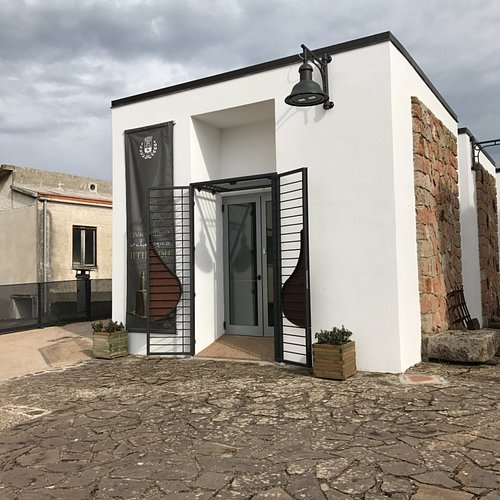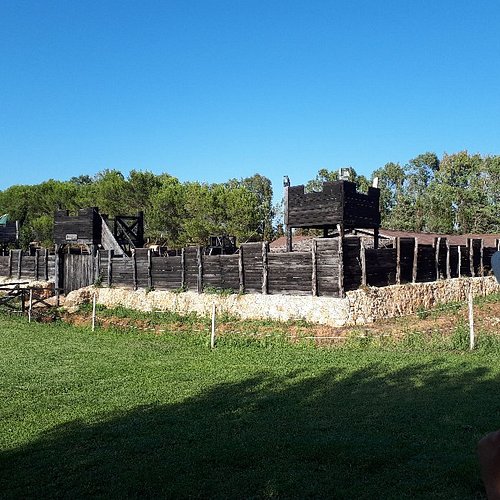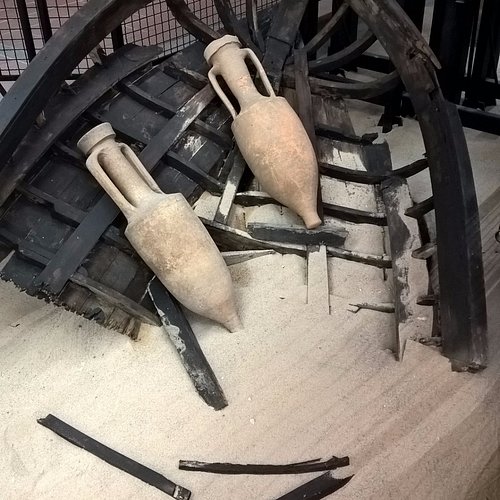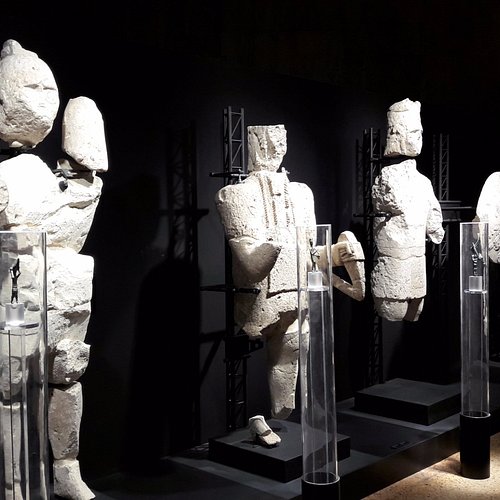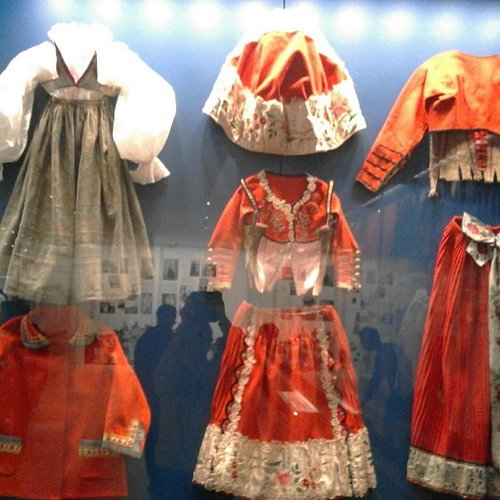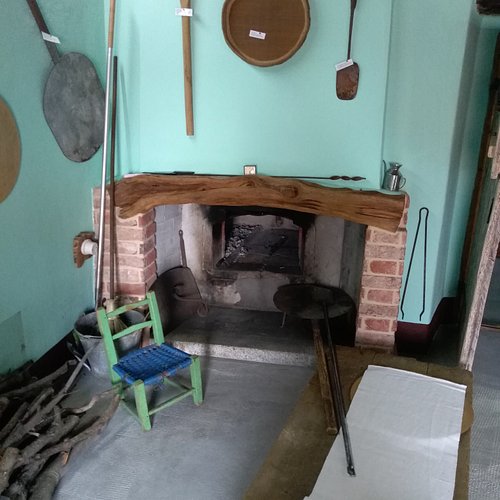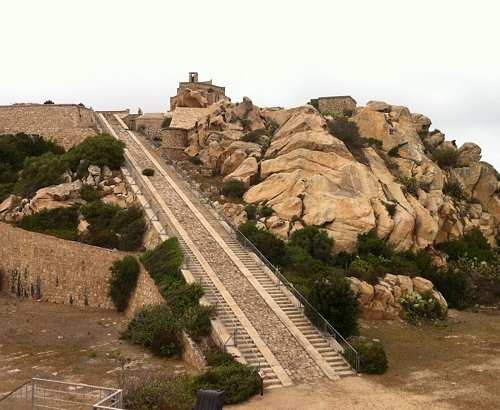Top 10 History Museums in Sardinia, Italy
The second-largest island in Mediterranean after Sicily, Sardinia serves up a lovely blend of sea, sand and history. Thousands of nuraghe (stone buildings) dot the landscape, proof that people have been enjoying the lovely climate here for millennia. From posh Costa Smerelda in the north to medieval Alghero in the northwest to the lively capital of Cagliari in the south, and with many picturesque towns and unspoiled sandy beaches in between, Sardinia’s got a little something for everyone.
Restaurants in Sardinia
1. Civico Museo Archeologico
Overall Ratings
5.0 based on 3 reviews
2. Castrum Romano La Crucca
Overall Ratings
5.0 based on 51 reviews
Castrum romano La Crucca is an interesting rebuilding I -II century AD roman fort. A wooden structure set on earthwork,visitors get a clear picture of camp structure and how roman soldiers lived within it.
3. Ci.M.A. Civico Museo Allai
Overall Ratings
5.0 based on 23 reviews
The picturesque village of Allai in the historic region of Barigàdu, in the central-western part of Sardinia, is home to a museum (CIMA) which is the centre of the cultural life of the community. The historic building, that is traditionally named “Casa Saba”, is the heart of the multimedia museum system: here you will discover a typical house of the village and you will be guided through a time-travel, from prehistory to Middle Ages. This is just the beginning of a journey that will let you discover the rural life of Allai which is still alive in the memory of elderly people. The big millstone for the mastic oil and all the tools which were necessary to its work recall the daily activities of the hard work in the fields, bread-making, farming, harvesting and weaving. Allai will be the mean to get to know not only the lifestyle and the history of the village itself, but of a whole territory.
4. Museo Archeologico
Overall Ratings
5.0 based on 3 reviews
5. Lu Brandali: Leggi Tocca Ascolta - Mostra di Archeologia Nuragica
Overall Ratings
5.0 based on 19 reviews
Exhibition of Nuragic Archeology to discover the thousand-year history of the village of Lu Brandali, with objects found during excavations, 3D viewers, tactile audio experiences. Fully translated also in English and French and in Braille, also suitable for people with physical and motor disabilities.
6. Museo Archeologico Nazionale di Cagliari
Overall Ratings
4.5 based on 682 reviews
The Archaeological Museum is part of the National Archaeological Museum of Cagliari, a MiC institute with special autonomy since 2019. The Museum is located in the ancient Castello district within the Citadel of Museums which was built between 1956 and 1979 designed by architects Libero Cecchini and Piero Gazzola with the recovery of the royal arsenal and medieval walls. The archaeological collection includes over 4,000 artifacts that tell a long history of almost 7,000 years, from prehistoric times to the early Middle Ages, from Neolithic mother goddesses to Nuragic bronzes, from Phoenician and Punic jewels to Byzantine cult objects.
Reviewed By Drgiggles - Hertfordshire, United Kingdom
Museum covers everything in Sardinia from Neolithic age (brilliant carved statues from 6,000years BC) through Bronze Age (Nuraghic period), to Roman times. It has descriptions in italian and english. Our favourite pieces were the Neolithic statues and tools, the amazing giant statues (Giganti Di Prama) and Bronzetti (beautiful small Bronze statues) from the Nuraghic Bronze age, the stele from 800yrs BC with the first example of Western writing, the Roman jewelry and roof tiles recovered from a sunken ship. We went on a quiet day off-peak and had the place to ourselves. We spent 3hrs there, and still needed to go back another day. Only down side, there is no cafe, just a drinks machine.
7. Museo del Costume
Overall Ratings
4.5 based on 210 reviews
Reviewed By 561annap - Sliema, Malta
If you want to discover Sardinian costumes, traditions, bread, jewellery you can't miss this very interesting ethnographic museum. It has been completely renovated, with noew pictures and videos, and it really shows the treasures of this beautiful island.
8. Museo Del Pane
9. La Fortezza di Monte Altura
Overall Ratings
4.5 based on 193 reviews
10. Villa Sulcis Archaeological Museum
Overall Ratings
4.5 based on 35 reviews
The museum is the heart of the Museum System of the town of Carbonia and is the centre of an entire chain of cultural heritage: from excavations to cataloguing, from exhibitions to diffusion. Owned by the Municipality of Carbonia for research on the extraordinary Nuraghe Sirai and renovated in 2008 to give its current structure, it exhibits the finds of excavations carried out at numerous sites in the area: the shelter of Su Carroppu, the Domus de janas necropoli of Monte Crobu and Cannas di Sotto and Locci Santus, the main archaeological area of Monte Sirai – Nuraghe Sirai, which has become the largest Archaeological Park in the Sulcis region. The extremely informative arrangement of the rooms is the ideal background for the numerous educational workshops and services the Museum offers schools.

